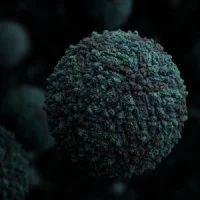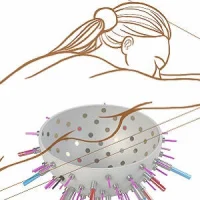A new study published in the Proceedings of the National Academy of Sciences (PNAS) talks about a gene therapy approach called sonoporation which combines ultrasound energy and microbubbles to poke holes in cells. This new tool could help fight against cancer and cardiovascular disease.
Researchers from the University of Pittsburgh and UPMC explain that ultrasound energy when combined with small, gas-filled bubbles can selectively open up cells to allow the delivery of therapeutic agents. A focused ultrasound beam tunes the delivery to precise location of disease thus sparing healthy tissue. This study examines the biophysics at play and helps identify how this technique could be further refined.
At present, gene therapy often results in allowing viruses to get access inside cells thus causing severe side-effects including inflammatory immune system reactions. Researchers have developed gene-loaded intravascular microbubbles that can be targeted to release their payloads by direct navigation of focused ultrasound energy. Through the use of an ultrafast imaging camera, the researchers examined the biophysics of sonoporation and determined that the oscillating bubbles need to generate a minimum amount of localised shear stress.
"By allowing us to actually see the microbubbles vibrating at millions of times per second, our unique camera enabled us to determine that microbubble-induced shear stress is the critical factor for sonoporation," said Xucai Chen, Ph.D., research associate professor of medicine, Pitt Division of Cardiology, and Pittsburgh Heart, Lung and Blood Vascular Medicine Institute, who co-developed the camera system. "This new information, in turn, will facilitate the intelligent design of treatment protocols and microbubble fabrication to preferentially cause the desired effect of opening nearby cells. It also gives us a starting point to investigate how cells cope with this treatment."
The study researchers are hopeful that these findings will help them better understand the process of sonoporation and how it can be tailored for effective clinical use.
"It's critical for us to understand the biophysical mechanisms of
sonoporation in order to translate this approach into an effective gene
or drug delivery tool for patients," said Flordeliza Villanueva, M.D.,
professor of medicine at Pitt, director of the Center for Ultrasound
Molecular Imaging and Therapeutics, and the senior author of the
investigation. "Building on the PNAS study, we are continuing
to investigate how sonoporation affects the function of treated cells
and to develop strategies to maximize its therapeutic effects."
Source: PNAS
Image Credit: University of Pittsburgh









